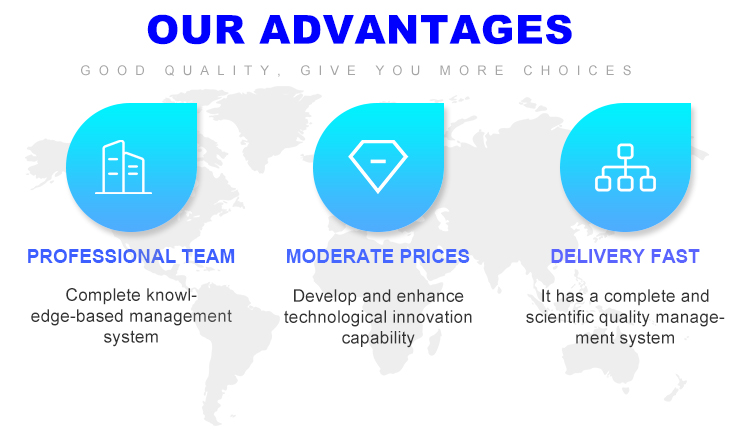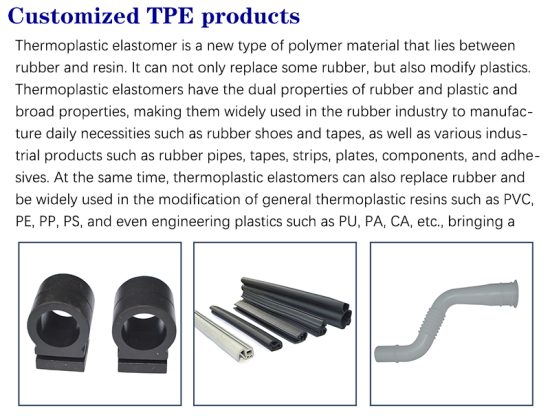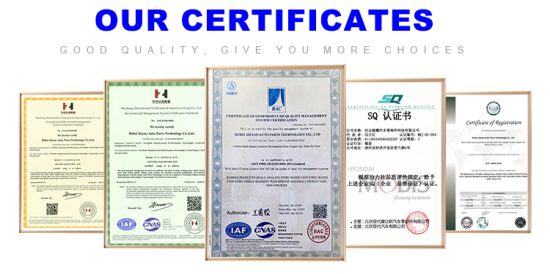Window seals, also known as window seals or weatherstripping, offer several benefits in both residential and commercial settings. These seals are designed to fill gaps and create a barrier between the window frame and sash, providing airtight and watertight protection. Here are some of the key benefits of window seals:
- Energy Efficiency: Window seals help reduce air leakage, preventing drafts and the exchange of hot or cold air between the interior and exterior of a building. This results in increased energy efficiency and lower heating and cooling costs.
- Temperature Regulation: By sealing gaps and preventing air infiltration, window seals help maintain consistent indoor temperatures, enhancing overall comfort.
- Noise Reduction: Window seals can reduce the transmission of external noise, creating a quieter and more peaceful indoor environment.
- Enhanced Comfort: Improved insulation and reduced drafts make living spaces more comfortable and cozy, no matter the season.
- Reduced Condensation: Properly installed window seals can help reduce condensation on window panes, preventing water damage and mold growth.
- Protection Against Moisture: Window seals create a barrier against rain and moisture, helping to prevent water from seeping into the building, which can cause structural damage and mold growth.
- Improved Air Quality: By sealing gaps and preventing external pollutants from entering the building, window seals contribute to better indoor air quality.
- Increased Lifespan of Windows: Window seals help protect the window frame and sash from moisture, which can lead to rot and decay, potentially extending the lifespan of the windows.
- Pest Prevention: Sealed windows are less likely to have gaps through which insects and rodents can enter, helping to prevent pest infestations.
- Eco-Friendly: Improved energy efficiency and reduced energy consumption associated with window seals can help lower carbon emissions, contributing to a more environmentally friendly building.
- Cost Savings: Lower energy bills and reduced maintenance costs for windows and HVAC systems can translate into significant cost savings over time.
- Improved Property Value: Energy-efficient homes and buildings with proper window seals often have higher resale values due to their reduced operating costs and improved comfort.
In summary, window seals provide numerous advantages, including energy savings, improved comfort, noise reduction, and protection against the elements, making them a valuable addition to any building. Proper maintenance and occasional replacement of worn seals are essential to continue enjoying these benefits.
Window seals are typically packaged and supplied in various methods to ensure their protection and ease of handling during transportation and installation. The packaging methods for window seals can vary based on the manufacturer and the specific product, but some common packaging methods include:
- Rolls: Window seals are often packaged in rolls, similar to rolls of tape or weatherstripping. The rolls can vary in length, with longer rolls suitable for larger installations and shorter rolls for smaller projects. Rolls are convenient for cutting the seal to the desired length during installation.
- Coils: Some window seals are packaged in coil form, which is similar to rolls but may have a different shape. Coils can be suitable for sealing larger gaps or for long, continuous runs.
- Reels or Spools: Reels or spools are often used for packaging window seals with integrated backing or adhesive. The seals are wound around a spool or reel, making it easier to unroll and apply to the window frame.
- Strips: Window seals can also be packaged in pre-cut strips of various lengths. These strips may have adhesive backing for easy application to the window frame, or they may be installed using fasteners or clips.
- Tubes or Cartridges: Some window seals, especially those designed for specific types of windows or doors, may come in tubes or cartridges, similar to how caulking or sealant products are packaged. These can be convenient for precise application and are often used for specialized sealant or adhesive-based window seals.
- Boxes or Bags: In some cases, window seals are packaged in boxes or bags, particularly when the seals are more delicate or require extra protection during transportation. This is common for foam-based or compression-type seals.
- Bulk Packaging: For larger construction or renovation projects, window seals may be supplied in bulk packaging, such as large rolls or coils, to reduce packaging waste and cost.
- Custom Packaging: Some manufacturers offer custom packaging solutions based on the specific requirements of the customer or the type of seal being used.
The choice of packaging method depends on the type of window seal, its application, and the preferences of the manufacturer or supplier. Proper packaging ensures that the window seals remain in good condition and are easy to handle during installation, helping to maintain their effectiveness in sealing gaps and providing insulation.
Window seals, also known as weatherstripping or window gaskets, offer several advantages in both residential and commercial settings. These seals are designed to fill gaps and create a barrier between the window frame and sash, providing airtight and watertight protection. Here are some of the key advantages of window seals:
- Energy Efficiency: Window seals help to reduce air leakage, preventing drafts and the exchange of hot or cold air between the interior and exterior of a building. This results in increased energy efficiency and lower heating and cooling costs.
- Temperature Regulation: By sealing gaps and preventing air infiltration, window seals help maintain consistent indoor temperatures, enhancing overall comfort and reducing the need for constant adjustments to heating or cooling systems.
- Noise Reduction: Window seals can significantly reduce the transmission of external noise, creating a quieter and more peaceful indoor environment. This is particularly beneficial for homes or buildings located near noisy streets or other sources of noise.
- Draft Prevention: Window seals prevent drafts from entering the building, making living spaces more comfortable, especially in cold or windy weather.
- Condensation Control: Properly installed window seals can help reduce condensation on window panes, preventing water damage and mold growth.
- Water and Moisture Resistance: Window seals create a barrier against rain, snow, and moisture, helping to prevent water from seeping into the building. This is essential for protecting the interior and preventing structural damage and mold growth.
- Improved Indoor Air Quality: By sealing gaps and preventing external pollutants from entering the building, window seals contribute to better indoor air quality, enhancing the health and well-being of occupants.
- Extended Lifespan of Windows: Window seals help protect the window frame and sash from moisture, which can lead to rot and decay, potentially extending the lifespan of the windows.
- Enhanced Pest Control: Sealed windows are less likely to have gaps through which insects and rodents can enter, helping to prevent pest infestations.
- Sustainability: Improved energy efficiency and reduced energy consumption associated with window seals can lower carbon emissions, making a positive contribution to the environment.
- Cost Savings: Lower energy bills, reduced maintenance costs for windows and HVAC systems, and potential tax incentives for energy-efficient upgrades can lead to significant cost savings over time.
- Increased Property Value: Energy-efficient homes and buildings with proper window seals often have higher resale values due to their reduced operating costs, improved comfort, and environmental benefits.
In summary, window seals provide numerous advantages, including energy savings, improved comfort, noise reduction, and protection against the elements, making them a valuable addition to any building. Proper maintenance and occasional replacement of worn seals are essential to continue enjoying these benefits.















